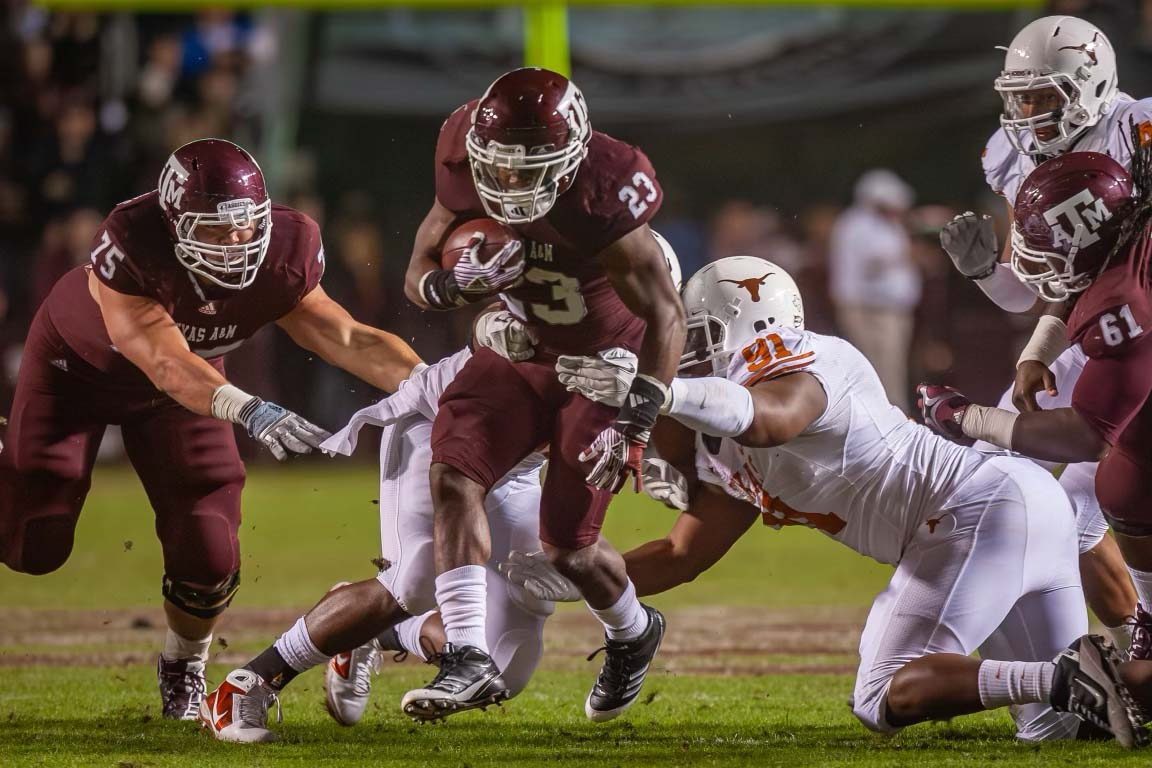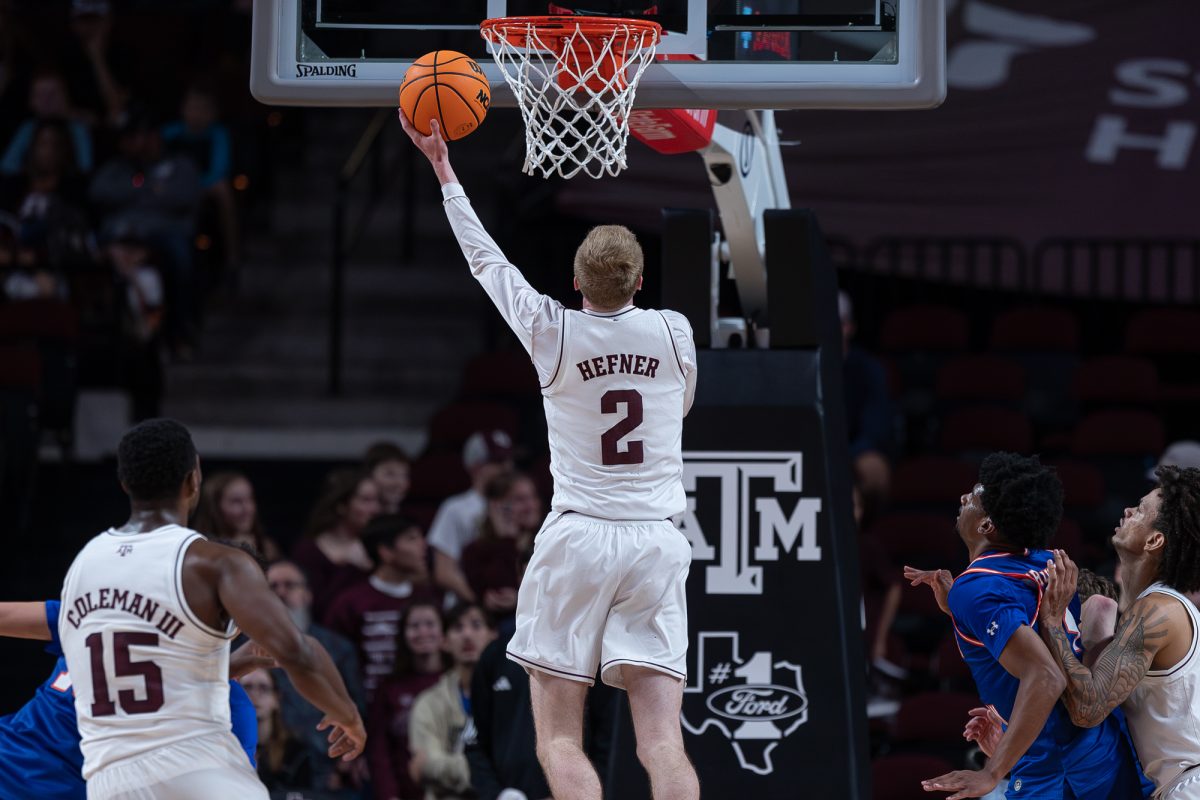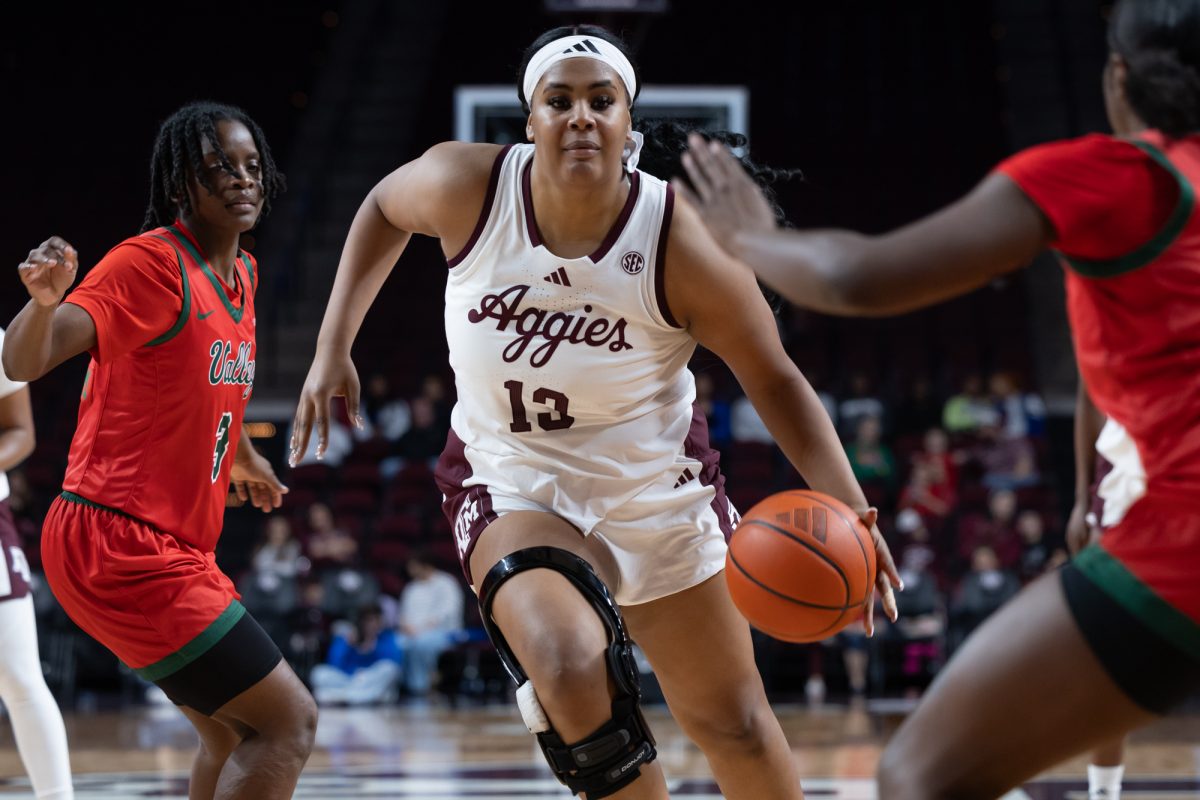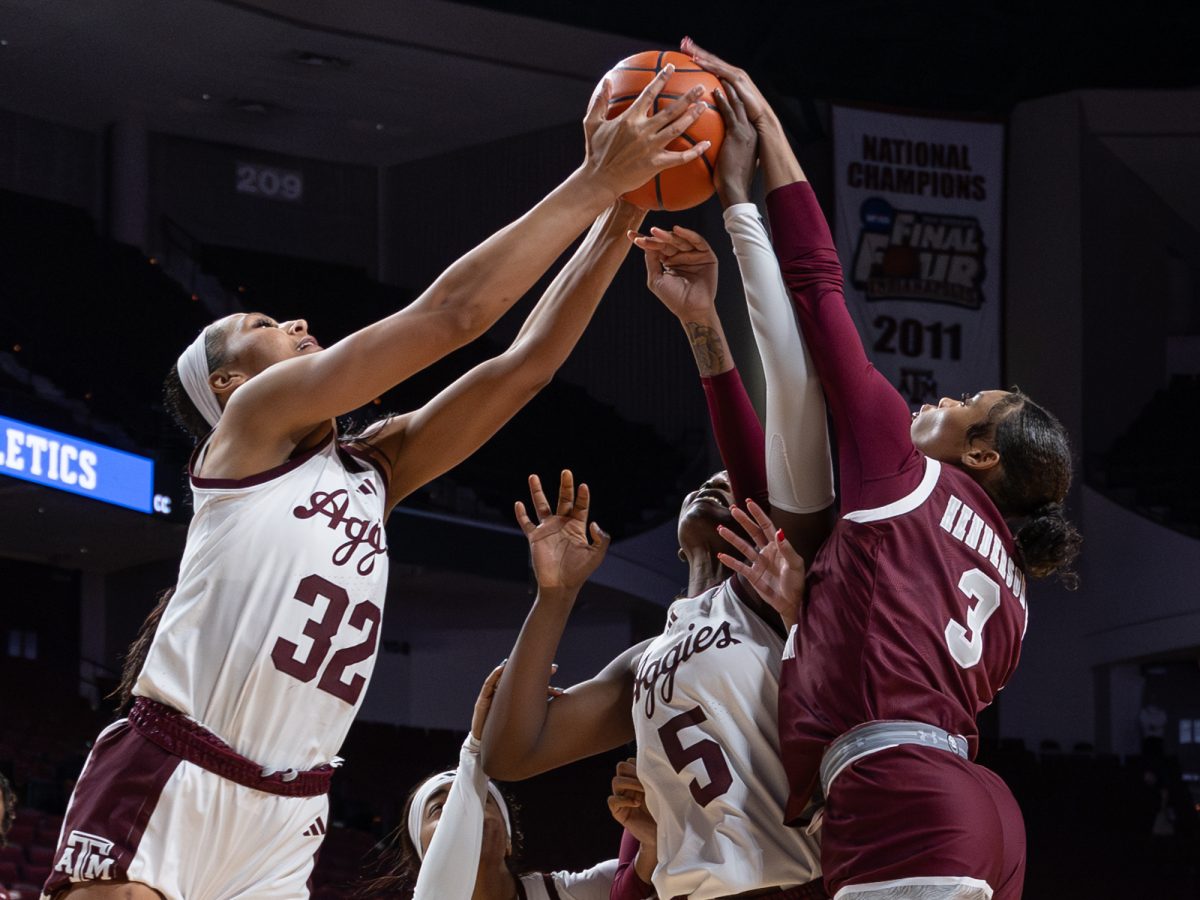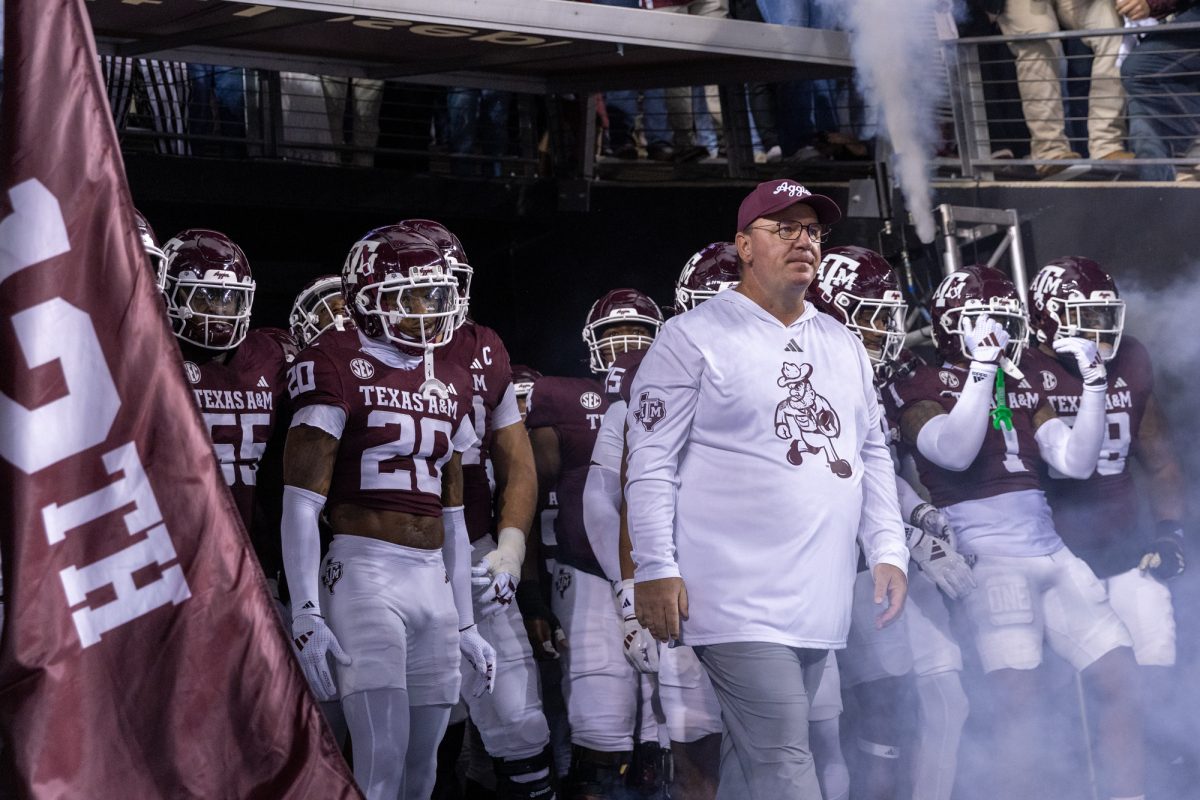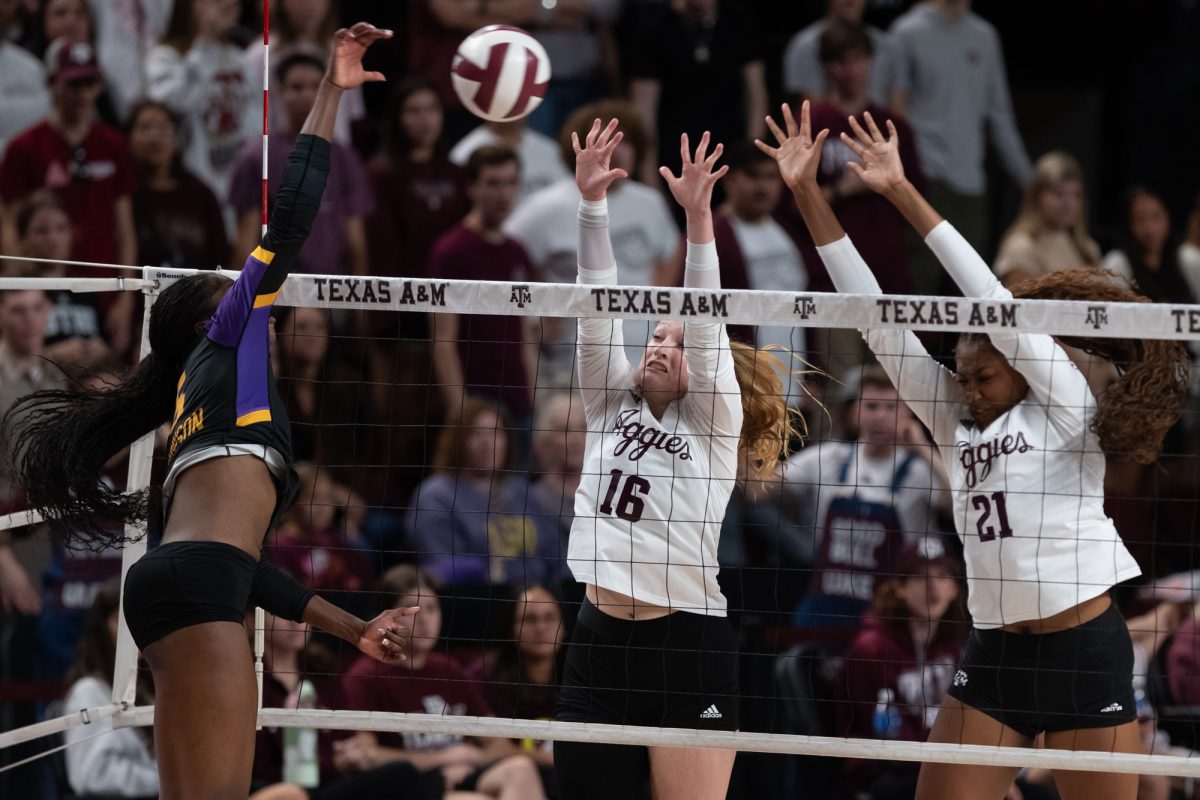With the cool air of late November drifting into College Station, Aggieland readies itself for a final autumn clash on the gridiron.
As anticipation grows, the Texas A&M faithful pace back and forth, dreaming of crushing their bitter rivals and having the last say to family and friends alike. The pregame jitters are in full swing, with the most dedicated fans relishing the moments before Kyle Field goes dormant for another long and grueling offseason.
For over a decade, this unrest — which spread from classroom to household — meant that the LSU Tigers were coming to town for rivalry weekend.
But not this year. A 38-23 thrashing in October seemingly eons ago already took care of the Bayou Bengals. No, this year, for the first time in 13 years, an old face will return to meet the Fightin’ Farmers to close another historic fall campaign: the Texas Longhorns.
It is no longer a battle to end the regular season. This will be a war.
War, however, is an Aggie specialty. A&M was founded as an all-male military school in 1876, with a graduate serving in every American major armed conflict since the Spanish-American War in 1898. Texas was not founded until 1883 — seven years after the Maroon and White — making A&M the first public institution of higher learning in the state of Texas.
Though already rivals by blue- or white-collar identity, the two teams would not meet on the football field until 1894. That year ushered in a period of Longhorn dominance, highlighted by a combined record against the Aggies of 15-4-2 that stretched to 1911 as both teams remained without a conference.
As founding members of the Southwest Conference in 1914, new stakes would be introduced, putting conference titles in the mix for the first time. Additionally, this would start a trend of A&M and UT enduring a changing world in college athletics, locked together as part of three different conferences throughout their shared existence: the Southwest Conference, the Big 12 Conference and now the Southeastern Conference.
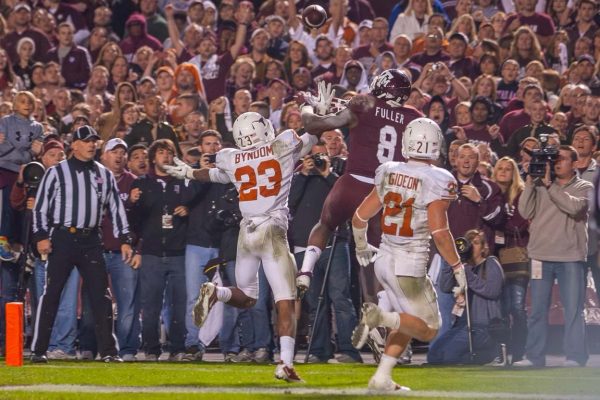
The inaugural Southwest Conference, or SWC, contest in 1915 resulted in a 13-0 Aggie victory. By no coincidence, the Longhorn mascot was branded with the same score on its side by a group of unknown suspects following the game. Speculation says this whole altercation led to the name “Bevo” for the UT mascot in an attempt to hide the shame of the loss and the whole ordeal.
The age of the SWC was the glory days for the Aggies and Longhorns, accounting for six of seven combined national titles belonging to the two programs. A 7-0 win against UT in 1917 and 1919 kept A&M unbeaten and saw it seize its first two championships, while a 20-0 rout in 1939 made it three titles for the Fightin’ Farmers.
Those days saw the SWC sit on top of national title contention, with A&M and UT at the forefront of college football. The schools played one another all 81 years of the conference’s existence, with each racking up their share of win streaks, trophies and All-Americans.
In that time, the Maroon and White had heroes like legendary linebacker Dat Nguyen and ball-hawk defensive back Lester Hayes who awed thousands. The Burnt Orange crew saw the likes of Heisman-winning running back Earl Campbell and star quarterback James Street lead their team to the promised land. RB John David Crow left Aggieland a Heisman winner as well, taking home the trophy in 1957.
Off the field were the everyday heroes of the Corps of Cadets, who successfully apprehended Bevo on Nov. 12, 1963. Hailed as a “temporary acquisition,” the boys of Squadron 1 brought their own version of success against their Burnt Orange brothers, showing that even with “the eyes of Texas” upon them, they were still able to stir up good bull.
The famed A&M “Wrecking Crew” had its heyday in the 1980s and 1990s, going 10-1 against the Longhorns between 1984 and 1994. The late great Aggie defensive line coach Terry Price was a major contributor to the tough and physical A&M play style in his time as a defensive end, never losing to Texas as a player from 1984 to 1988.
The success of the past would not be enough for the conference to perpetuate any further, as the Aggies’ Cotton Bowl victory in 1988 was the last of the SWC champions to win a bowl game. With the following eight conference champions going on to lose such contests, the SWC would disband in 1996 and usher in the Big 12 era for the two teams, lasting until the Aggies’ departure in 2012 to the SEC.
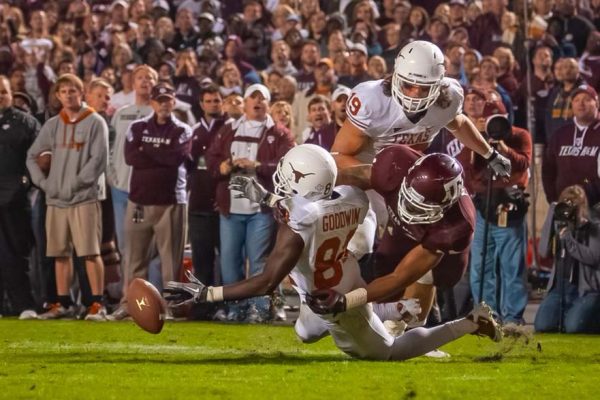
The Big 12 period was a briefer chapter in a long history of Maroon, Burnt Orange and White. The Longhorns had the edge on the Aggies throughout their shared conference membership, going 10-5 overall in their yearly contests. Despite losing the 1998 match, A&M rebounded the following week in the Big 12 Championship game, taking down No. 2 Kansas State with the famed slant route to Sirr Parker and winning the game in overtime, 36-33.
Emotions, the lifeblood of rivalry, ran deep in the course of A&M and UT’s time as annual opponents. No single game, however, could compare to those emotions of the 1999 Bonfire game.
On Nov. 18, 1999 at 2:42 a.m., the school-sanctioned Aggie Bonfire collapsed, taking the lives of 12 students and injuring dozens more in preparation for the Lone Star Showdown. Unity became an unlikely visitor as A&M players would help move logs and UT would cancel its Hex Rally and invite Aggies to share a time of unity and solemn remembrance together in Austin.
Eighteen days removed from the tragedy, the teams met at Kyle Field, where the Aggies were outmatched but were far more determined than their foes. A late fumble recovery and the tear-jerking words of “Aggies got the ball! Aggies got to the ball!” solidified a 20-16 A&M upset win against No. 7 Texas, which brought a mourning school solace amid unfathomable grief.
The following years of the rivalry would not be too kind to the Aggies, losing six straight times as the Longhorns continued to have their name in another conference. A final 2011 meeting was a nail-biter yet again, with UT leaving College Station off the leg of kicker Justin Tucker slamming in the game-winning field goal as time expired to turn the Big 12 page onto a 13-year hiatus.
Now conference foes, A&M and UT will rekindle the fires of a burning passion deep in the Lone Star State. In the confines of Kyle Field, students, fans and alumni will all experience the intensity of college football’s third-oldest rivalry and become a part of history. When the time comes, the War Hymn will sound, BBQ will be served and brother and brother will become opponents once more in a rivalry renewed.



